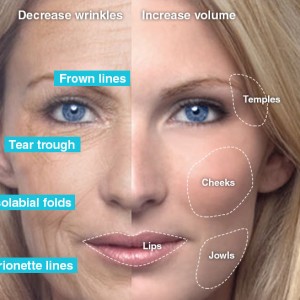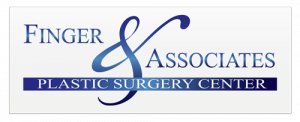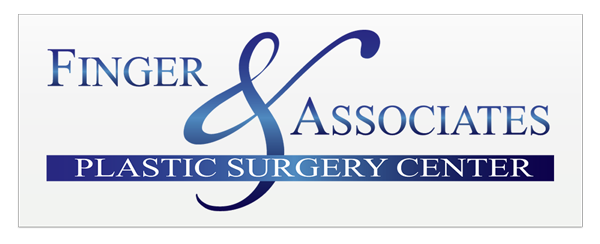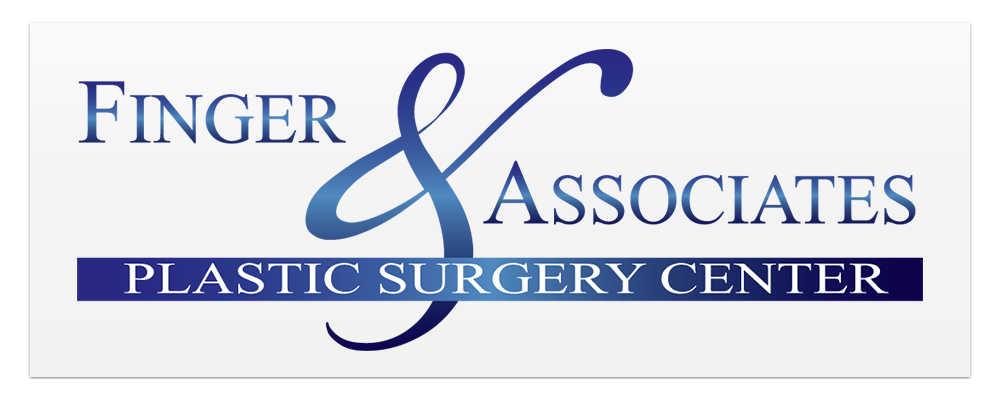 FACELIFTS WITHOUT SURGERY
FACELIFTS WITHOUT SURGERY
Although facelifts are still a very common procedure, more people are choosing to rejuvenate their faces without the scalpel. How is this possible? First, we must understand that sagging skin is not the only issue that is going on with the aging face. The face loses volume with aging from loss of fat and bone. Think of a beach-ball that loses air, it sags and gets wrinkles. Now, replace the air. The beach-ball sags because it has no elasticity. What if we did that with a balloon? The balloon has more elasticity so it doesn’t sag or wrinkle. So those people that retain elasticity will sag and wrinkle less, Excess sun and smoking are the main causes of increased elasticity loss.
Replacing volume with fillers is often called the “Liquid facelift.” Or non-surgical facelifts.
Non-Surgical Facelifts…Through The Field of Injectables and Fillers
Over the past several years, much has happened in the field of “injectables,” for non-surgical facelifts. Various products are now injected by doctors into the face to replace volume and create a more youthful appearance.
The average age reduction appearance with the use of fillers is 7.3 years according to a study on patients aged 42-59 years of age, sometimes even more. The most common fillers used for non-surgical facelifts are the HA’s (hyaluronic acid) such as Restylane, Restylane Silk, Juvederm, Juvederm Voluma, and more. These can last anywhere from 6 months to 2 years, according to the product and where they are injected. Both wrinkle reduction and revolumizing can be achieved using these products. Sculptra (Poly L-lactic acid) is mainly for re-volumizing the face and, like the beach-ball, wrinkles are diminished. It generally lasts 18 to 24 months. Sculptra has proven to be an excellent product for this purpose.
There are also the paralytics such as Botox or Dysport for non-surgical facelifts, which are a mainstay for wrinkle reduction of the forehead and crow’s feet. Combinations products are often needed to achieve the best results.
The most common areas for filler injections are: the hollows beneath the lower eyelids, making one look tired and older; the sunken areas just below the “cheek bones”; the Marionette lines beneath the corners of the mouth; and the lips, which become thinner and more wrinkled with age.
Filler injections require no downtime. However, bruising and minimal swelling can occur for a few days following the injections. To diminish discomfort in my practice we use an anesthetic cream beforehand plus ice packs, and the fillers all contain lidocaine for further numbing.
Patients often say they feel like they’ve had a “mini face lift” without the downtime or expense of an actual surgical procedure. Though rarely needed, HA’s are reversible using an injectable enzyme, plus your doctor can inject a little at a time for you to see the result before injecting more. The good news is that with most fillers you can add product and repeat treatments at any future time.
How do you decide if fillers are the answer for you? If you are bothered by your aging face, even isolated areas like the hollowing under the eyes, and if you wonder why you feel younger than you look, make an appointment with a physician experienced with injectables to learn your various non-surgical options.


